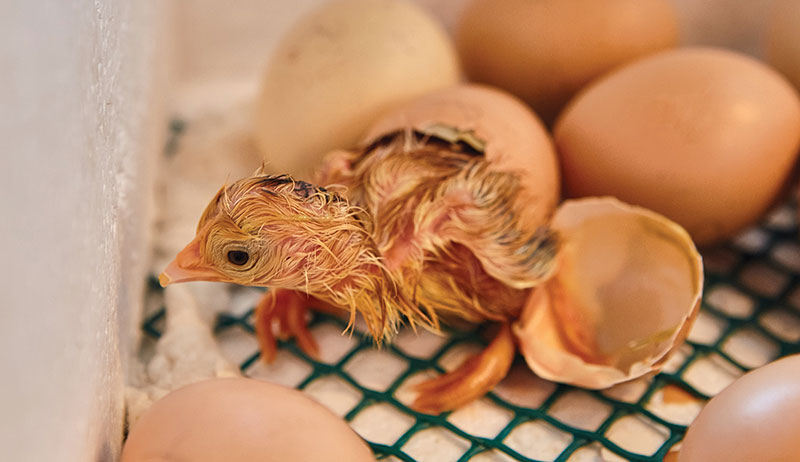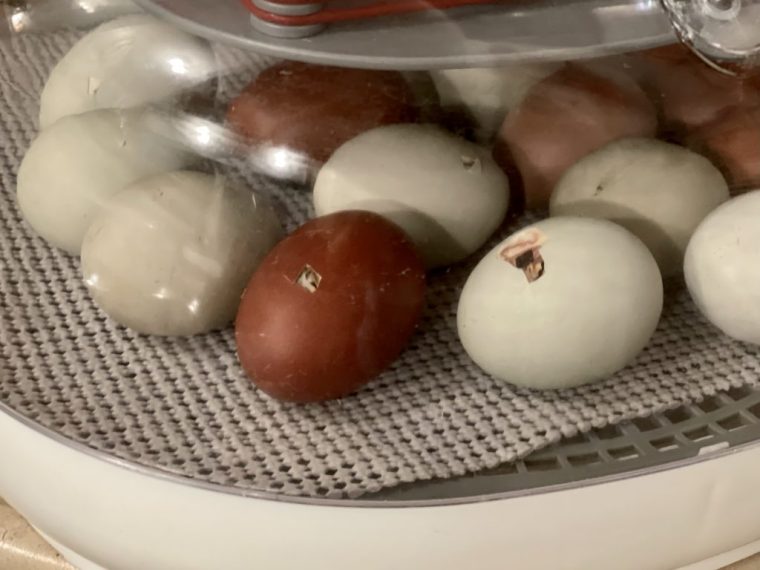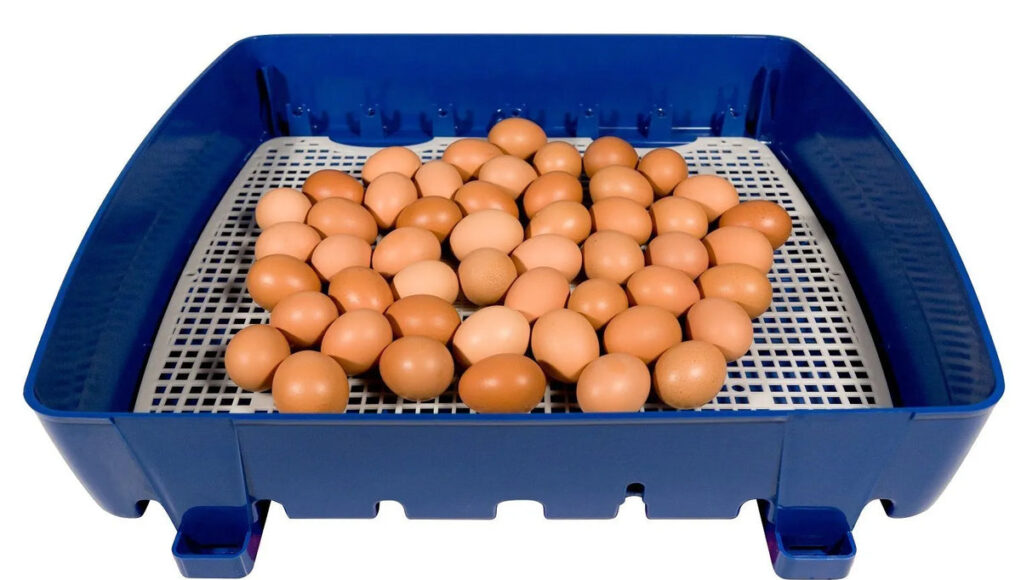Creating the perfect environment for hatching eggs is crucial for chicken lovers. The management of noise and light for incubators plays a vital role in ensuring the successful development of embryos. By maintaining optimal conditions, you can improve hatch rates and ensure the healthy growth of your chicks.

Understanding the Impact of Noise and Light
Both noise and light can significantly affect the incubation process. Excessive noise can stress the developing embryos, while improper lighting conditions can disrupt their natural growth cycle. Understanding these impacts is the first step in managing them effectively.
Noise Impact on Incubation
Noise pollution can cause stress in embryos, leading to lower hatch rates and weaker chicks. It’s important to minimize noise levels around the incubator to create a calm and stable environment. Consider using soundproofing materials or placing the incubator in a quiet area.
Light Impact on Incubation
Light is essential for the regulation of the embryos’ biological clocks. However, too much or too little light can disrupt this balance. Its essential to provide a consistent light source that mimics natural conditions to support healthy embryo development.
Best Practices for Managing Noise
To manage noise effectively, identify and eliminate potential sources of disturbances. This includes household appliances, traffic, and other environmental noises. If necessary, relocate the incubator to a quieter area or use materials to dampen sounds.
Soundproofing Techniques
Consider using soundproofing foam or curtains around the incubator. These materials can absorb noise and create a more stable environment for the embryos. Additionally, placing the incubator on a soft surface can reduce vibrations and noise.
Monitoring Noise Levels
Regularly check the noise levels around the incubator. Use a decibel meter to ensure that the environment remains within safe sound limits for the embryos. Keeping a journal of noise levels can help you track any changes and adjust accordingly.
Best Practices for Managing Light
To manage light effectively, ensure that your incubator has a consistent and controlled lighting environment. Use timers to simulate natural day and night cycles, and avoid exposing the incubator to direct sunlight or harsh artificial lighting.
Lighting Equipment and Setup
Choose lighting equipment that provides a gentle and consistent light source. LED lights are a great option as they are energy-efficient and produce minimal heat. Position lights to illuminate the incubator evenly without casting shadows.
Simulating Natural Light Cycles
Use timers to mimic the natural rise and fall of sunlight. This helps regulate the embryos’ circadian rhythms and supports their healthy development. Keep the light duration consistent and monitor the chicks’ responses.
Integrating Noise and Light Management
Effective management requires balancing both noise and light conditions. Consider the placement of your incubator and how it interacts with its environment. A holistic approach will ensure the best results for your hatchlings.
Environmental Considerations
Place the incubator in a location that offers both sound and light control. A spare room or basement can be ideal. Ensure that the area is well-ventilated and free from extreme temperature fluctuations.
Regular Monitoring and Adjustments
Keep a detailed log of light and noise levels, making adjustments as needed. Regular monitoring ensures that the conditions remain optimal throughout the incubation period, improving the chances of a successful hatch.
Conclusion
Managing noise and light effectively is crucial for successful incubation. By understanding the impact of these factors and implementing best practices, you can create a nurturing environment for your chicks. For more insights on incubation challenges, check out this guide on troubleshooting incubators. Additionally, learn more about the importance of humidity control in incubators.

FAQ
What is the ideal noise level for incubators?
The ideal noise level should be minimal, avoiding sudden loud sounds or continuous noise that can stress the embryos.
How much light should incubators receive?
Incubators should receive a consistent amount of light that mimics natural day and night cycles, with about 1216 hours of light daily.
Can too much light harm the embryos?
Yes, excessive light can disrupt the embryos’ natural development and circadian rhythms, leading to stress and potential issues.
For further reading on hatching chicks at home, this guide provides comprehensive insights into the incubation process.
This article contains affiliate links. We may earn a commission at no extra cost to you.











